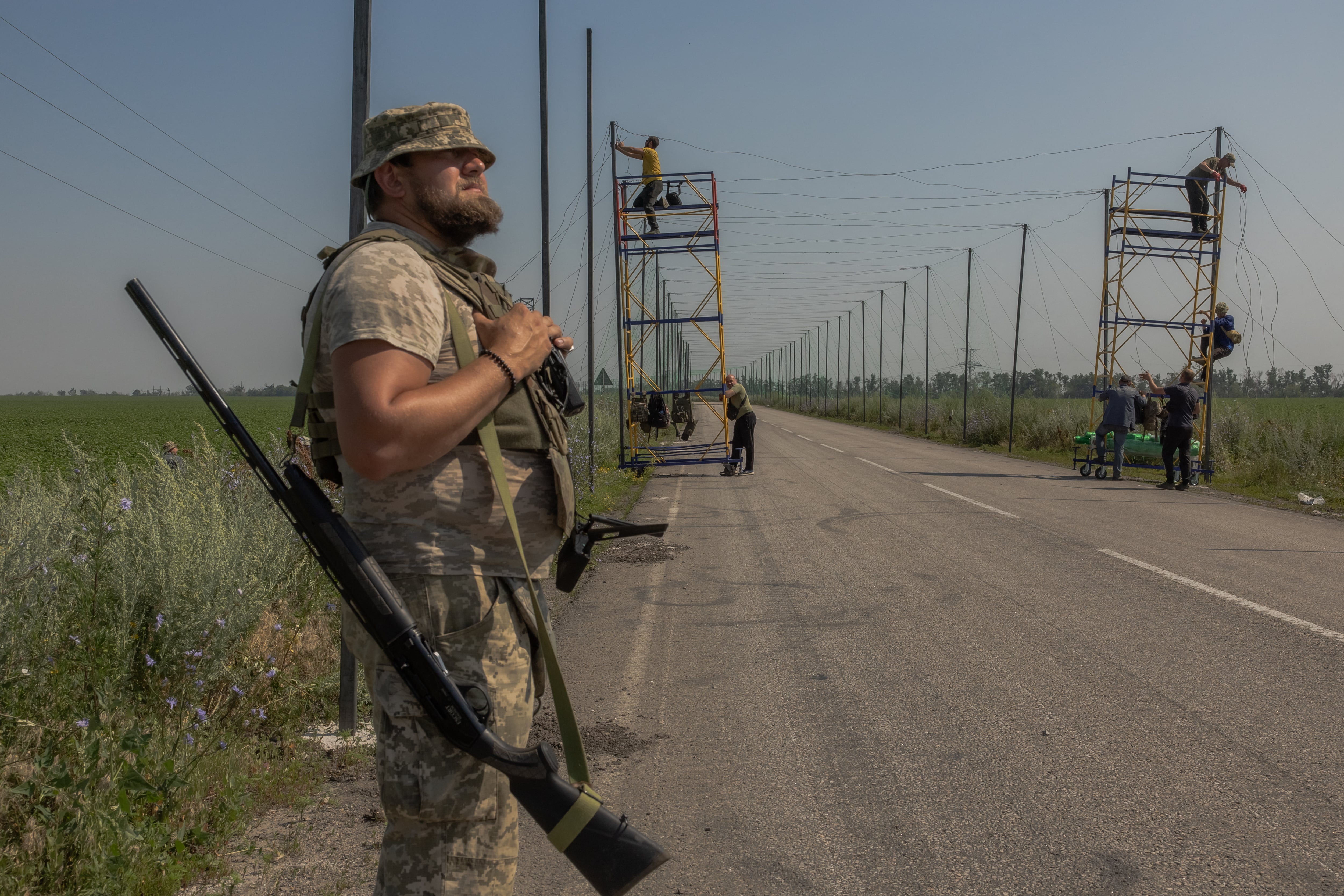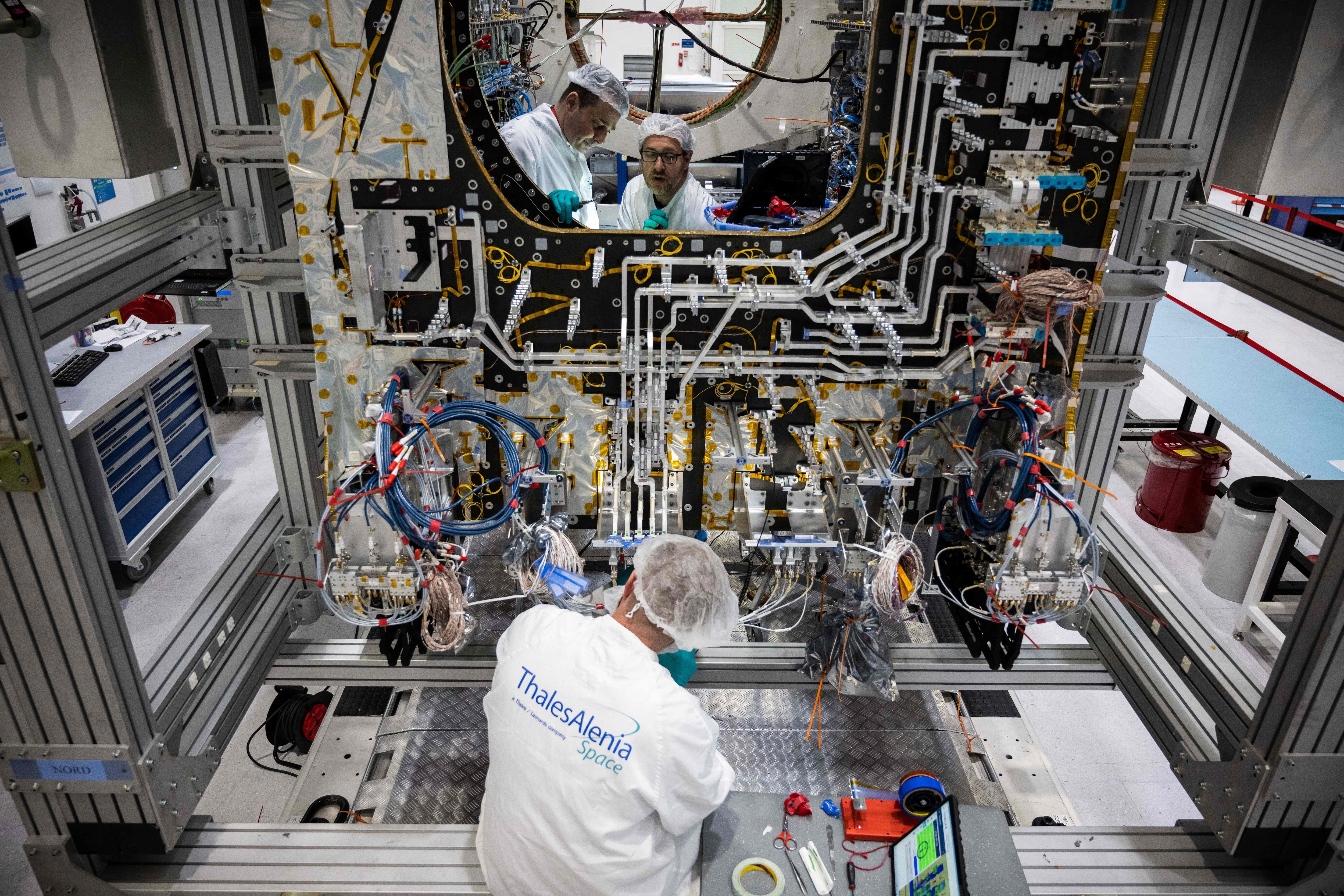DARPA is developing miniature laser imaging systemsradar.
The Modular Optical Aperture Building Blocks (MOABB) program aims to develop ultracompact light detection and ranging (LIDAR) systems, according to a DARPA news release. LIDAR sends out light and then measures distance by how long the reflected light takes to return. Unlike cameras, which take 2-D images, LIDAR is essentially 3-D. However, the technology is too bulky for widespread use.
Compact LIDAR systems couldan detect even minor changes of position and speed in nearby objects. Another application, which DARPA is exploring with $58 million in funding, is detecting objects through foliage. "You would be able to fly a MOABB-enabled helicopter or drone low over a lush forest canopy and be able to effectively peel back the leaves and see a sniper or a tank underneath," said DARPA program manager Joshua Conway. "It could instantaneously give you the range and velocity of everything up to a football field's distance away with the resolution of a camera."
Michael Peck is a correspondent for Defense News and a columnist for the Center for European Policy Analysis. He holds an M.A. in political science from Rutgers University. Find him on X at @Mipeck1. His email is mikedefense1@gmail.com.








